by Sinéad Murphy
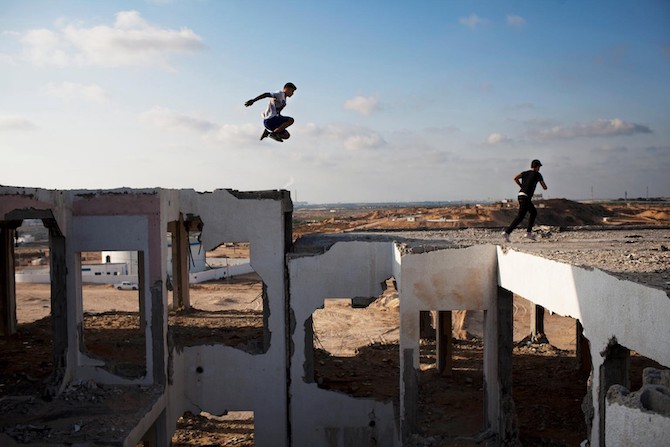
As the COVID-19 outbreak surged to the scale of a global pandemic in March, governments all over the world imposed various forms of ‘lockdown’. Comparisons and contrasts between the different experiences of quarantine and self-isolation began to emerge on social media, among which was the meme stating ‘Dear World, How is the Lockdown? From Gaza’. Written in white text juxtaposed with a black background, the spare simplicity of the meme seemed to gesture to the idea of the pandemic as a totalising force, and possibly even an opportunity to foster solidarity. At the same time, the stark black and white contrast of the meme is itself suggestive of the unevenness of the pandemic’s consequences. When overlaid upon an almost unparalleled population density, a near-50% unemployment rate, a water supply of which 97% is unsafe to drink, and a healthcare infrastructure emaciated by 13 years of Israeli blockading, COVID-19 is one of a number of simultaneous crises Gazans are facing.
The language of dystopia is invoked on an almost daily basis in relation to both Gaza and other areas of Palestine – particularly in the current moment, as Netanyahu drives towards a unilateral annexation of areas of the occupied West Bank. Palestinian territories are held up as a paradigm for a lived reality which resembles science fiction, from the pronouncement of Gaza as unliveable by 2020 to headlines such as ‘What Israelis see as dystopia looks almost like utopia to Palestinians‘. Beyond this glib rhetoric, however, are dystopian imaginaries by Palestinian writers, artists and filmmakers which confront and contest the effects of ongoing and evolving forms of occupation and oppression.
The short stories in Palestine +100: Stories from a century after the Nakba imagine a future Palestine in the year 2048. Digital infrastructures on which those in lockdown have been so heavily reliant are far from neutral, and several of these narratives express the capacity for violence encoded in ‘all these technologies… technologies of control and subjugation. And Gaza – our home – is like a laboratory for all that experimentation’.[1] Saleem Haddad’s ‘Song of the Birds’ envisions a Gaza generated from ‘cached memories’, and a digitised iteration of the right to return – a vision in which Salem Barahmeh’s recently-developed Palestine VR app would not be out of place. As with this app, however, Haddad’s story shows that this digital right to return is a simulacrum, leaving the protagonist ‘unable to navigate between dream and waking life. She felt stuck between two radio frequencies’.[2] The futuristic Gaza City of Tasnim Abutabikh’s ‘Vengeance’ is one which, despite technological advancements, is ravaged by climate change and extractivism. Gazans are forced to wear ‘lifemasks’ in order to survive in the polluted environment, while Israeli authorities ‘control every inch of [their] lives down to the oxygen [they] breathe’.[3] Both narratives stress what Helga Tawil-Souri describes as the state of Israel’s ‘frictionless’ control of Gaza. Occupation in Gaza did not end in 2005, she posits, but rather transformed from a traditional military occupation to a technologised one. ‘It is impossible’ she argues, ‘to speak of a Gaza that is territorially sealed and digitally boundless; there are material limitations to high-tech spaces’.[4] While ‘the borders of the technological may be less visible than the walls, gates, fences, and checkpoints of the physical world’ Haddad and Abutabikh’s dystopian visions demonstrate that ‘they are no less real and significant politically’.[5]
In Mazen Maarouf’s ‘The Curse of the Mud Ball Kid’, the eponymous and otherwise unnamed Mud Ball Kid is considered ‘the last Palestinian’ (a premise from which Palestinian author Ibtisam Azem’s The Book of Disappearance also begins).[6] The Mud Ball Kid has a unique resistance to the genocidal bio-weapon which kills all Palestinians in 2037; it is discovered that his immunity arises from his capacity to store the cells of the dying Palestinians as ‘pure energy… this meant that on my death, I would release massive amounts of energy’.[7] The Mud Ball Kid is contained in a glass cube designed to prevent his death, while absorbing the energy he continuously emits as his health declines. The carceral logic of the cube is evocative of a reassembled regime of spatial control in Gaza, through which it has come to be known as ‘the world’s largest open-air prison’. The cube proves ineffectual, however, and the energy emissions transform into the spectral figures of dead Palestinians, who move among the living Israelis.
The narrator’s internment reads like a form of cryogenesis which cruelly inverts the science fictional trope of striving to achieve immortal life, transmuting this trope into a symbol of what Jasbir Puar calls ‘debilitated life’; Puar argues that ‘Israel manifests an implicit claim to the ‘right to maim’ and debilitate Palestinian bodies and environments as a form of biopolitical control’.[8] Drawing a contrast between the sophisticated, futuristic biopower of the state of Israel and the dehumanising physical suffering the narrator endures, Maarouf’s story emphasises the extreme violence of this strategy of managed debilitation:
They injected me with a liquid that made me lose all control of my body. It focused my memory on one scene, so much that it made me shiver constantly, which in turn paralysed me. The whole process turned my teeth into a soft, bendy material, like the rubber in erasers, making my teeth loosen in their gums painlessly and drop out into my mouth.[9]
The research institute responsible for the bioweapon tries to manage his energy emissions by shooting him with a single bullet every month – a gruesome strategy which calls to mind the practice of pre-emptive debilitation by the IDF.[10]
For artist Larissa Sansour, science fiction provides a visual language through which to express meditations on trauma, memory and belonging in the context of ongoing oppression. Sansour’s most recent short film, In Vitro (dir. with Søren Lind) explores these subjects with an ecocritical gaze; it depicts the consequences of an ecological disaster which finds the two Palestinian protagonists, Dunia and Alia, in an underground refuge. ‘Others were beginning to experience what we had for years’ Alia says, ‘but it was clear no placed would be spared… elsewhere eventually had caught up and had their own doomsday’. Her words evoke both the all-encompassing nature of the ecocatastrophe – its growing visibility, perhaps even its preventability – and the uneven pace of global catastrophe which demarcates one place from another.
For Dunia, who clings to her memories of a life before the catastrophe while on her deathbed, the refuge is an ‘entombment’. For Alia, however, these memories are alienating – she is a clone engineered from what Dunia refers to as ‘the remains of those we left behind’, and her memories of life above ground are artificially implanted. For both women, the disaster estranges the notion of home and distorts the passage of time, such that the present is sometimes experienced ‘as nothing but a void – a transition between what was and what’s to come’. While the underground space might provide a refuge, it is not a place in which either woman feels a sense of belonging. The film ultimately asks what constitutes home after disaster – while at the same time, subverting any clear idea of when ‘after’ is. The women have endured ‘these plagues, these disasters, this exodus’ (Alia), ‘and every exodus before that’ (Dunia). The time ‘after disaster’ is repeatedly relived and deferred, a reality most recently and alarmingly demonstrated by Netanyahu’s accelerated annexation plans.
Raffaella Baccolini and Tom Moylan argue that ‘it is only if we consider dystopia as a warning that we as readers can hope to escape its pessimistic future’.[11] In their nearness – indeed, present-ness –these dystopian visions assert the urgency of that warning. Using the estranging and critical capacities of science fiction, these narratives open up possibilities for ‘thought across catastrophe’ and a call, perhaps, for ‘a memory of [Palestinians’] future freedom’.[12]
[1] Saleem Haddad, ‘Song of the Birds’ in Palestine +100, pp. 10–11.
[2] Haddad, pp. 18–19.
[3] Tasnim Abutabikh, ‘Vengeance’ in Palestine +100, p. 113.
[4] Helga Tawil-Souri, ‘Digital Occupation: Gaza’s High-Tech Enclosure’, Journal of Palestine Studies 41.2 (Winter 2012), pp. 27–43 (p. 29).
[5] Tawil-Souri, pp. 38–9.
[6] Maarouf, ‘The Curse of the Mud Ball Kid’ in Palestine +100, p. 174.
[7] Maarouf, ‘Mud Ball Kid’, p. 189.
[8] Jasbir Puar, ‘The “Right” to Maim: Disablement and Inhumanist Biopolitics in Palestine’, Borderlands 14. 1 (2015), pp. 1–27 (p.2).
[9] Maarouf, ‘Mud Ball Kid’, pp. 177–8.
[10] Maarouf, p. 210.
[11] Science Fiction and the Dystopian Imagination, ed. by Baccolini and Moylan (New York; London: Routledge, 2003), p. 7.
[12] Sophia Azeb, ‘Who Will We Be When We Are Free? On Palestine and Futurity’, The Funambulist 24 (‘Futurisms’) (July–Aug 2019) pp. 22–27 (p. 27).



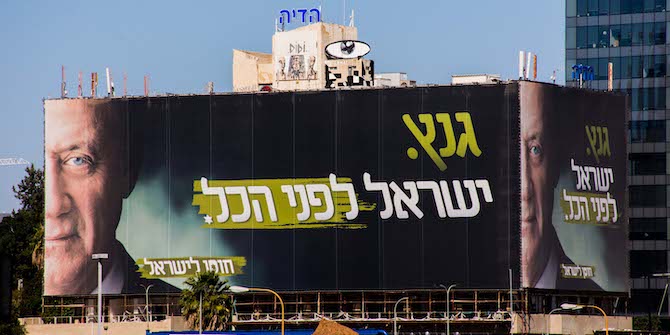
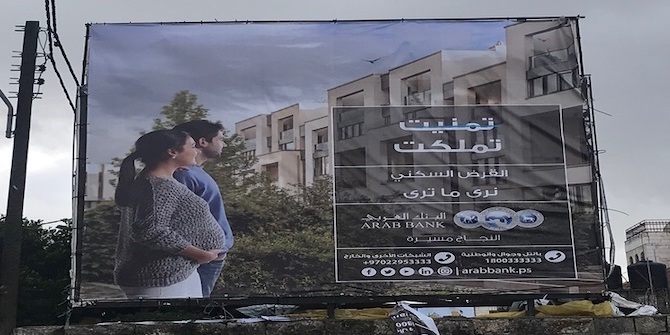
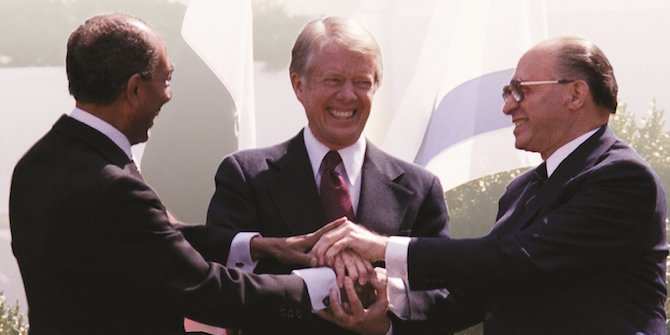
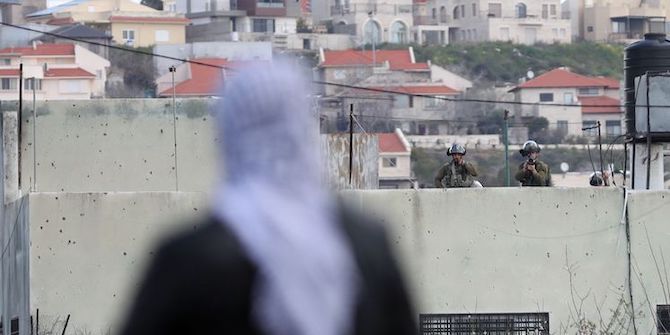
2 Comments